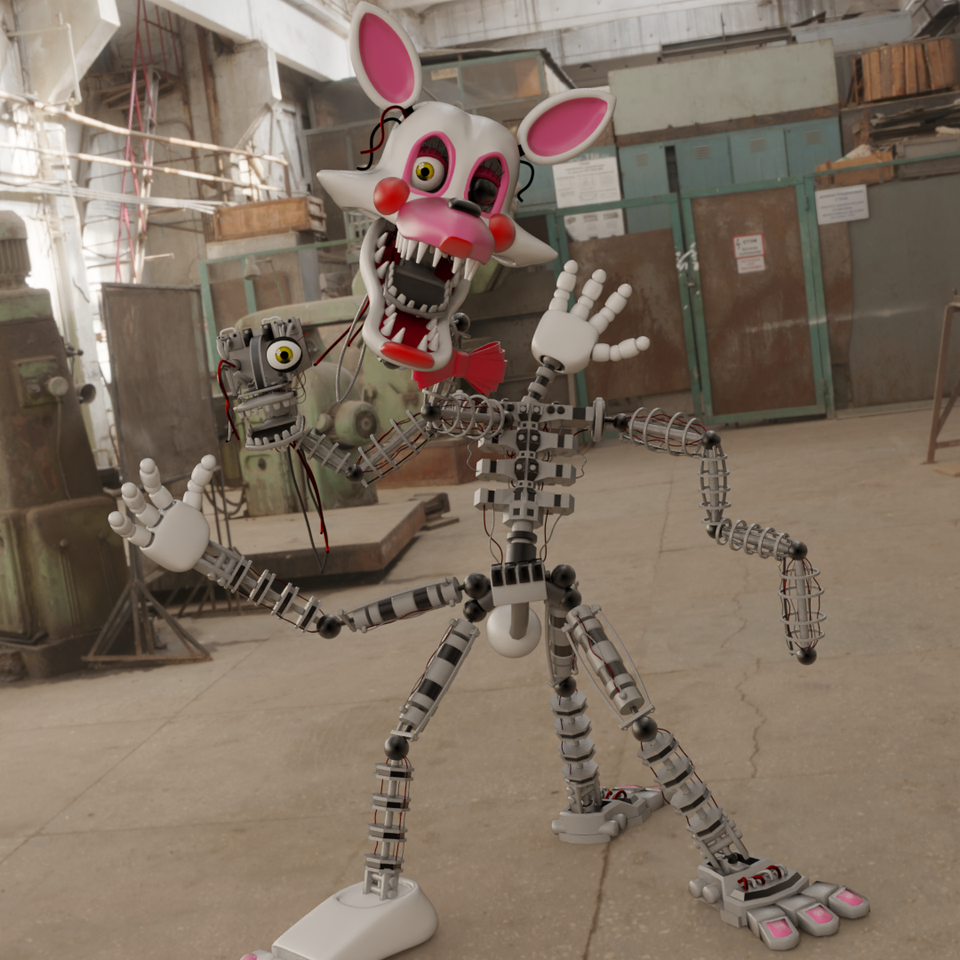Unveiling The FNAF Real Story: The Secrets Behind The Game
The Five Nights at Freddy's (FNAF) franchise has captivated millions of gamers around the globe with its thrilling horror narrative and intricate lore. As players navigate through the eerie landscapes of Freddy Fazbear's Pizza, they are drawn into an unsettling world filled with animatronic creatures and dark secrets. But what is the real story behind FNAF? What inspired its creation, and how did it evolve into a cultural phenomenon? In this article, we delve deep into the FNAF real story, uncovering the layers of lore and the mind behind the game.
Created by Scott Cawthon, FNAF began as an indie horror game released in 2014. Its unique combination of jump scares, strategic gameplay, and an unsettling atmosphere quickly garnered a dedicated fanbase. However, the FNAF real story goes beyond mere gameplay mechanics. It is a tale woven from elements of tragedy, mystery, and the exploration of fear itself. As we explore the origins of FNAF, it becomes evident that the narrative intricacies are as compelling as the gameplay.
As we peel back the layers of the FNAF real story, we discover a complex narrative that intertwines various characters, timelines, and events. From the haunted history of Freddy Fazbear's Pizza to the disturbing backstories of its animatronics, the lore is rich and multifaceted. This article will answer your burning questions about the FNAF universe, providing insights into the minds of its creators and the characters that inhabit this chilling world.
Who Created the FNAF Franchise?
Scott Cawthon, an indie game developer, is the mastermind behind the FNAF franchise. His journey began with attempts to create family-friendly games, but he found himself faced with criticism regarding his character designs. This led him to pivot towards creating a horror game, incorporating animatronics into a terrifying setting.
What Inspired Scott Cawthon to Create FNAF?
Scott's inspiration for FNAF came from his childhood experiences and the fear associated with animatronic characters. He aimed to craft a game that played on the primal fears of darkness and the unknown, leading to the creation of the eerie and unsettling atmosphere that the franchise is known for.
What is the FNAF Real Story Behind the Animatronics?
The animatronics in FNAF are central to the game’s lore and horror. Each character has a unique backstory, often tied to tragic events that occurred at Freddy Fazbear's Pizza. The animatronics are not just mere machines; they embody the spirits of children who met unfortunate fates. This connection between the animatronics and the children adds depth to the FNAF real story.
What Are the Major Events in the FNAF Timeline?
The timeline of FNAF is intricate, filled with significant events that shape the narrative. Here are some key milestones:
- 1983: The Bite of '87 - An incident where a child is bitten by an animatronic, leading to the closure of some attractions.
- 1993: Freddy Fazbear's Pizza closes down due to various incidents and bad publicity.
- Various Missing Children Incidents - Throughout the timeline, children go missing, with their spirits believed to inhabit the animatronics.
How Has the FNAF Story Evolved Over Time?
Since its inception, the FNAF real story has evolved significantly. The first game introduced players to the core mechanics and lore, but as the sequels were released, the narrative expanded. Each installment brought new characters, settings, and plot twists that deepened the overall lore. Fans began to piece together the timeline, leading to theories and discussions that enriched the community's engagement.
What Are the Themes Explored in the FNAF Real Story?
The FNAF series delves into various themes, including:
- Fear of the Unknown - The animatronics represent the fear of what lurks in the dark and the unpredictability of life.
- Tragedy and Loss - The backstories of the characters often revolve around loss, grief, and the consequences of negligence.
- The Nature of Evil - The series questions the morality of its characters and the real monsters in the story.
What Impact Has FNAF Had on Gaming Culture?
FNAF has significantly impacted gaming culture, inspiring countless fan theories, merchandise, and even adaptations into other media. The game's unique blend of horror and storytelling has set a precedent for indie horror games, encouraging developers to explore unsettling narratives and gameplay mechanics. It has also fostered a vibrant community, where fans share their interpretations and creations.
What Can We Expect from the Future of FNAF?
As of now, the FNAF franchise continues to grow, with new games, books, and even a movie adaptation in development. The potential for further exploration of the FNAF real story is vast, and fans eagerly anticipate what lies ahead in this chilling universe. With each new installment, the lore grows richer, promising to keep players on the edge of their seats.
Conclusion: What is the FNAF Real Story?
The FNAF real story is a complex tapestry of horror, tragedy, and mystery. As we explore the depths of its lore, we uncover the intricacies of its characters and the events that shaped their fates. From the creative mind of Scott Cawthon to the chilling animatronics that haunt players' dreams, FNAF remains a captivating and evolving narrative that continues to intrigue and terrify.
Unveiling The Mystique Of The Ghost Flame Dragon
Discovering Shake Shack Nutrition: A Deeper Look Into Your Favorite Fast Food
Mastering REF Level 2 Tarkov: Your Ultimate Guide


